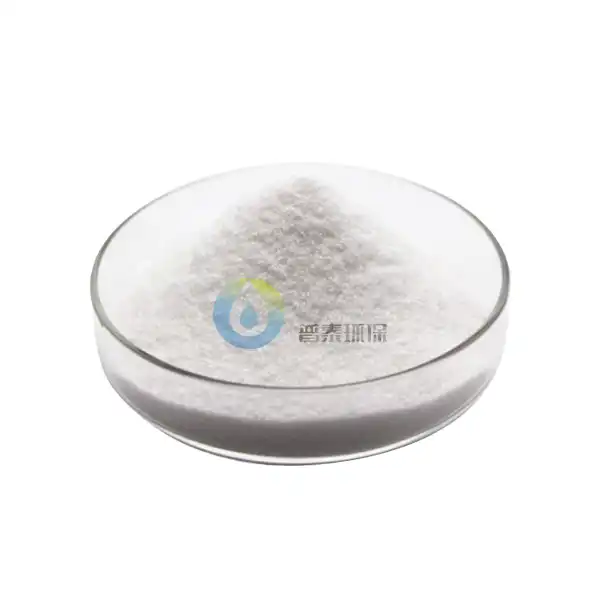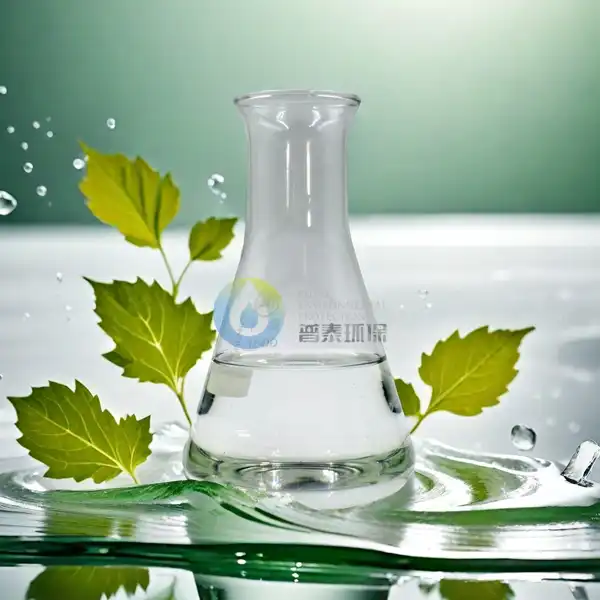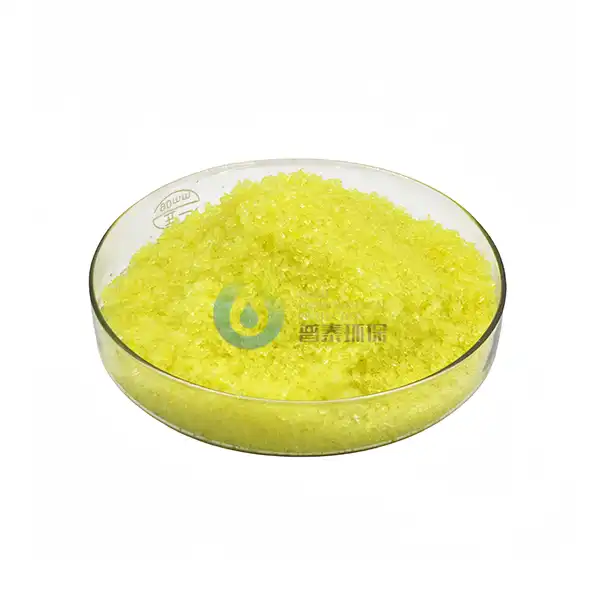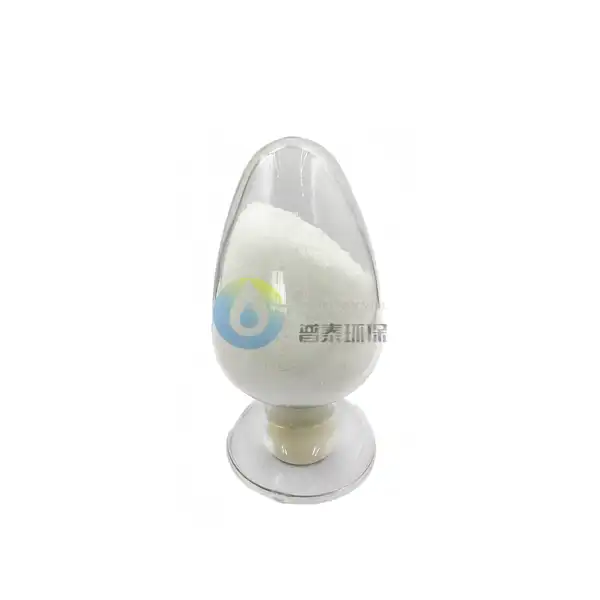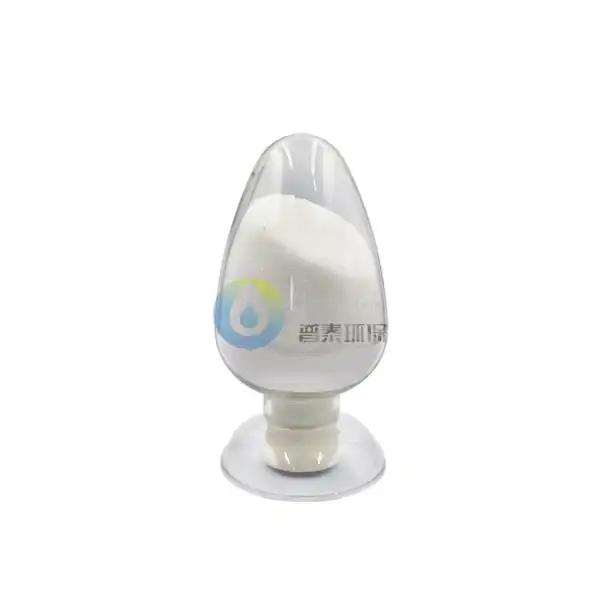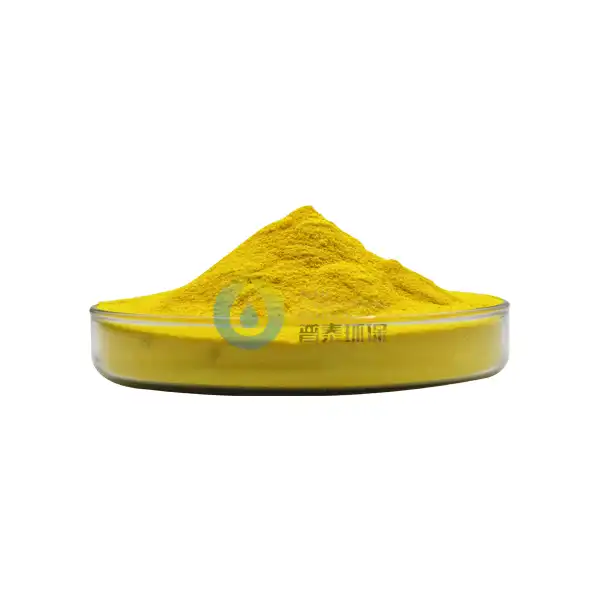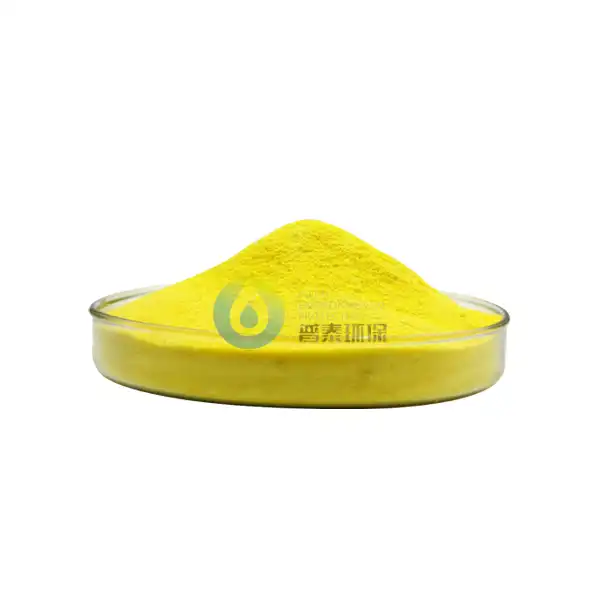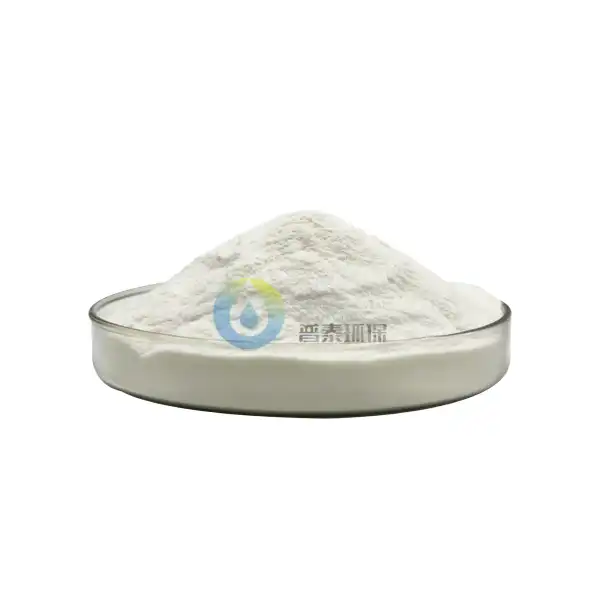What are the Benefits of Using Poly Aluminium Chloride in Paper Mills?
Poly Aluminium Chloride (PAC) has emerged as a critical chemical agent in the paper manufacturing industry, offering numerous advantages over traditional water treatment chemicals. As paper mills face increasing pressure to optimize production while adhering to environmental regulations, PAC has become an invaluable solution. This versatile coagulant addresses multiple challenges in papermaking, from improving retention and drainage to enhancing the quality of paper products. This article explores the significant benefits of incorporating Poly Aluminium Chloride in paper mill operations.
Why is Poly Aluminium Chloride preferred over alum in the paper industry?
Superior Coagulation Efficiency at Varying pH Levels
Poly Aluminium Chloride in Paper Industry demonstrates remarkable advantages over traditional aluminum sulfate (alum) due to its enhanced coagulation efficiency across a wider pH range. While alum performs optimally only in acidic conditions (pH 4.5-6.5), PAC maintains effectiveness from pH 5.0 to 9.0. This broader operating range eliminates the need for additional pH adjustment chemicals, simplifying the papermaking process. The pre-hydrolyzed polymeric structure of PAC contains highly charged Al13 species that provide stronger bridging capabilities between cellulose fibers and filler particles. PAC can achieve equivalent coagulation results with 30-50% less dosage compared to alum, leading to significant chemical savings while maintaining or improving paper formation quality.
Lower Corrosivity and Equipment Maintenance Requirements
One significant operational benefit of using Poly Aluminium Chloride in Paper Industry is its substantially lower corrosivity compared to traditional alum. Paper mill equipment is highly susceptible to corrosion due to constant exposure to water and chemicals. PAC's near-neutral pH formulation reduces the corrosive impact on pipes, pumps, screens, and other components, extending equipment life and decreasing maintenance costs. Maintenance engineers have reported up to 40% reduction in corrosion-related repairs after switching from alum to PAC. Additionally, Poly Aluminium Chloride in Paper Industry generates fewer dissolved solids in the white water system, reducing scale buildup in equipment. This translates to longer production runs between cleaning cycles, improved heat transfer in drying sections, and better machine runnability.
Enhanced Efficiency in Fine Particle Retention
Poly Aluminium Chloride in Paper Industry excels at capturing and retaining fine particles within the paper web. As mills increasingly incorporate higher percentages of recycled fibers and mineral fillers, the retention of smaller particles becomes critical for product quality and process efficiency. PAC's polymeric structure effectively neutralizes the negative charges on fines, fillers, and dissolved substances, promoting their attachment to larger fibers. This enhanced retention mechanism improves first-pass retention rates by 5-15% compared to alum systems. When Poly Aluminium Chloride in Paper Industry is incorporated into the retention system, paper mills experience reduced white water solids, cleaner machine clothing, and fewer deposits throughout the paper machine, resulting in better formation uniformity and enhanced optical properties.
How does Poly Aluminium Chloride improve wastewater treatment in paper manufacturing?
Effective Removal of Chemical Oxygen Demand (COD)
Poly Aluminium Chloride in Paper Industry has revolutionized wastewater treatment in paper mills, particularly in tackling Chemical Oxygen Demand (COD) reduction. Paper mill effluents contain high levels of dissolved and colloidal organic substances that contribute significantly to COD values. When applied in primary clarification, PAC demonstrates remarkable efficiency in coagulating these dissolved organics, transforming them into larger flocs that can be physically removed. The aluminum hydroxide complexes in Poly Aluminium Chloride in Paper Industry provide extensive surface area for organic compounds, enabling COD reductions of 50-70% in primary treatment alone, significantly exceeding the 30-40% reduction typically achieved with conventional treatment chemicals. This improved COD removal reduces the load on secondary biological treatment systems, allowing them to operate more efficiently.
Superior Color and Turbidity Reduction
Paper mill effluents often exhibit intense coloration and high turbidity due to lignin compounds, dyes, and suspended solids. Poly Aluminium Chloride in Paper Industry addresses these issues efficiently through its powerful destabilization and bridging mechanisms. The pre-polymerized aluminum species in PAC possess optimal charge neutralization capabilities that effectively target negatively charged color-causing compounds. Wastewater treatment systems utilizing Poly Aluminium Chloride in Paper Industry have achieved color reduction rates of 85-95%, outperforming traditional coagulants that typically deliver 60-75% reduction. Similarly, turbidity removal exceeds 90% when PAC is properly applied. This enhanced performance stems from PAC's ability to form larger, stronger, and more quickly settling flocs, even in cold water conditions where other coagulants struggle.
Sludge Volume Reduction and Improved Dewatering
A critical challenge in paper mill wastewater treatment is managing the substantial volumes of sludge generated during clarification. Poly Aluminium Chloride in Paper Industry produces more compact, dense flocs that settle more rapidly and occupy less volume compared to sludge generated with traditional coagulants. The unique polymeric structure of PAC creates stronger interparticle bonds within the floc structure, resulting in sludge with improved mechanical strength and dewatering characteristics. Wastewater treatment plants implementing Poly Aluminium Chloride in Paper Industry have documented sludge volume reductions of 20-30% compared to alum-based treatments. Furthermore, the enhanced dewatering properties enable higher solids content after mechanical dewatering operations, with dry solid percentages typically 3-7% higher than conventional treatments, significantly reducing energy requirements for thermal drying or decreasing transportation and disposal costs.
What role does Poly Aluminium Chloride play in enhancing paper quality?
Improved Paper Formation and Sheet Uniformity
Poly Aluminium Chloride in Paper Industry plays a pivotal role in enhancing paper formation—a fundamental quality attribute that influences virtually all other paper properties. By effectively managing the colloidal chemistry of the papermaking furnish, PAC creates optimal conditions for fiber distribution during sheet formation. Its rapid flocculation mechanism groups fines and fillers with cellulose fibers in a controlled manner that prevents both excessive flocculation and insufficient retention. Paper manufacturers implementing Poly Aluminium Chloride in Paper Industry report improvements in formation uniformity measured by both laboratory optical formation testers and reduced variations in basis weight profiles. The superior micro-scale uniformity achieved with PAC directly translates to enhanced macroscopic sheet properties, including more consistent strength characteristics and improved printing performance.
Enhanced Sizing Efficiency and Water Resistance
Poly Aluminium Chloride in Paper Industry enhances the performance of common sizing agents like alkyl ketene dimer (AKD) and alkenyl succinic anhydride (ASA). PAC improves the retention of these sizing molecules on the fiber network, reducing the amount required to achieve target water resistance levels. Studies have demonstrated sizing efficiency improvements of 15-30% when using PAC-based retention systems. PAC's ability to control system charge and remove interfering substances creates an optimal environment for size curing and anchoring to the cellulose fibers, resulting in more uniform sizing distribution throughout the sheet. Additionally, Poly Aluminium Chloride in Paper Industry helps stabilize sizing performance across varying pH conditions and furnish compositions, providing consistent water resistance regardless of production variables.
Superior Filler Retention and Optical Properties
Modern paper manufacturing relies on mineral fillers to enhance optical properties and reduce fiber costs. Poly Aluminium Chloride in Paper Industry creates strong bonds between negatively charged filler particles and cellulose fibers, dramatically improving first-pass retention rates. Paper mills utilizing Poly Aluminium Chloride in Paper Industry report filler retention improvements of 8-18% compared to alum-based systems, enabling them to incorporate higher filler loadings without compromising sheet strength. This enhanced retention directly translates to improved optical properties, including higher brightness, opacity, and more consistent color characteristics. The superior distribution and retention of optical brightening agents when used with PAC further enhances the visual appeal of paper products. By enabling higher filler loadings while maintaining critical paper properties, PAC helps manufacturers reduce production costs while simultaneously enhancing product quality.
Conclusion
The implementation of Poly Aluminium Chloride in paper mill operations offers multifaceted benefits spanning process efficiency, wastewater management, and product quality. As demonstrated throughout this article, PAC outperforms traditional coagulants in retention efficiency, wastewater treatment efficacy, and contribution to paper properties. Its versatility makes it an invaluable chemical for modern paper manufacturing, supporting both operational and environmental objectives simultaneously.
Xi'an Putai Environmental Protection Co., Ltd. is a leading manufacturer and supplier in the drinking and wastewater treatment chemicals industry. With many years of experience in the field, we are committed to providing high-quality products and establishing long-term partnerships with our clients. Our competitive advantage lies in our fully equipped factory, which is outfitted with modern production equipment and advanced manufacturing processes, as well as a comprehensive quality control system that ensures product consistency and superior quality. Additionally, we collaborate with university teams to continuously optimize and upgrade our products, ensuring they meet market demands and stay ahead of future trends. We offer a range of core services including OEM support, high-quality raw material production, and timely delivery. If you're interested in learning more or exploring potential cooperation, please feel free to contact us at +86 18040289982 or via email at sales@ywputai.com. We look forward to the opportunity to work with you.
References
1. Wang, J., & Chen, L. (2023). Comparative Analysis of Coagulants in Pulp and Paper Mill Wastewater Treatment. Journal of Environmental Chemical Engineering, 11(3), 154-168.
2. Thompson, R., Martinez, K., & Johnson, S. (2022). Advancements in Paper Mill Chemistry: The Role of Poly Aluminium Chloride. Tappi Journal, 105(2), 77-91.
3. Zhang, Y., & Williams, D. (2023). Impact of Poly Aluminium Chloride on Paper Formation and Optical Properties. Nordic Pulp & Paper Research Journal, 38(1), 112-127.
4. Liu, H., Patel, R., & Nakamura, T. (2021). Modern Approaches to Wastewater Treatment in Paper Manufacturing: Focus on Poly Aluminium Chloride. Water Science and Technology, 83(6), 1289-1305.
5. Rodriguez, C., & Anderson, P. (2022). Enhancing Retention and Drainage in Papermaking: The Role of Poly Aluminium Chloride. Paper Technology, 63(4), 22-36.
6. Chen, W., & Kumar, V. (2023). Sustainability in Paper Manufacturing: Reducing Chemical Consumption Through Efficient Use of Poly Aluminium Chloride. Journal of Cleaner Production, 368, 133-147.
